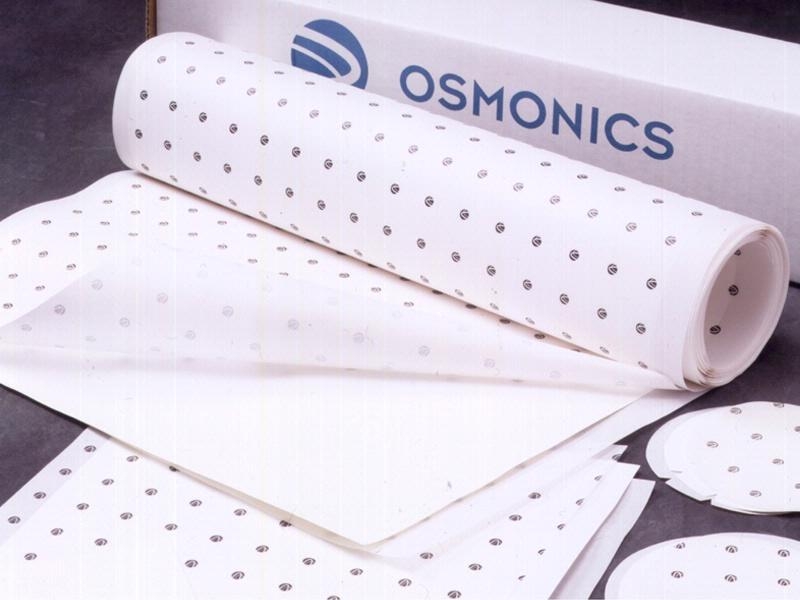Nylon Transfer Membrane 0.45um 30cm x 3m Roll

Product ID: N00HY00010
Nylon Neutral Transfer Membranes. Size: 30cm x 3m, 0.45µm. 1 Roll.
The membranes are designed, manufactured and tested specifically for RNA, DNA and protein analysis providing molecular biologists with high quality materials for outstanding results, at exceptionally economical prices.
Performance
UV cross-linking the nylon is an excellent way to attach nucleic acids. By exposing a nylon membrane to a UV source, a covalent bond forms between the membrane and the DNA or RNA, which maximizes signal retention after re-probing.
Produced by Osmonics unique impregnation process, Osmonics nylon has many advantages. Nylon is impregnated onto an integral polyester support web providing added dimensional strength to prevent cracking, tearing, curling and breaking. This is essential to protocols requiring aggressive handling, such as colony and plaque lifts and multiple re-probing. Avoiding membrane breakage can save significant amounts of time and money.
Osmonics ensures the highest quality hybridization membranes, free of cosmetic defects. Consistent binding is assured by controlling every step of the manufacturing process with rigorous quality control.
Specifications
·Osmonics Nylon is optimal for all traditional DNA & RNA transfers where a neutral or single probe test is desired
·Supported nylon membrane
·Higher binding capacity (approx 350μg/cm2) than nitrocellulose membrane and binds a greater range of fragment sizes
·Hydrophilic - eliminating need for wetting agents, wets out quickly and evenly
Applications
